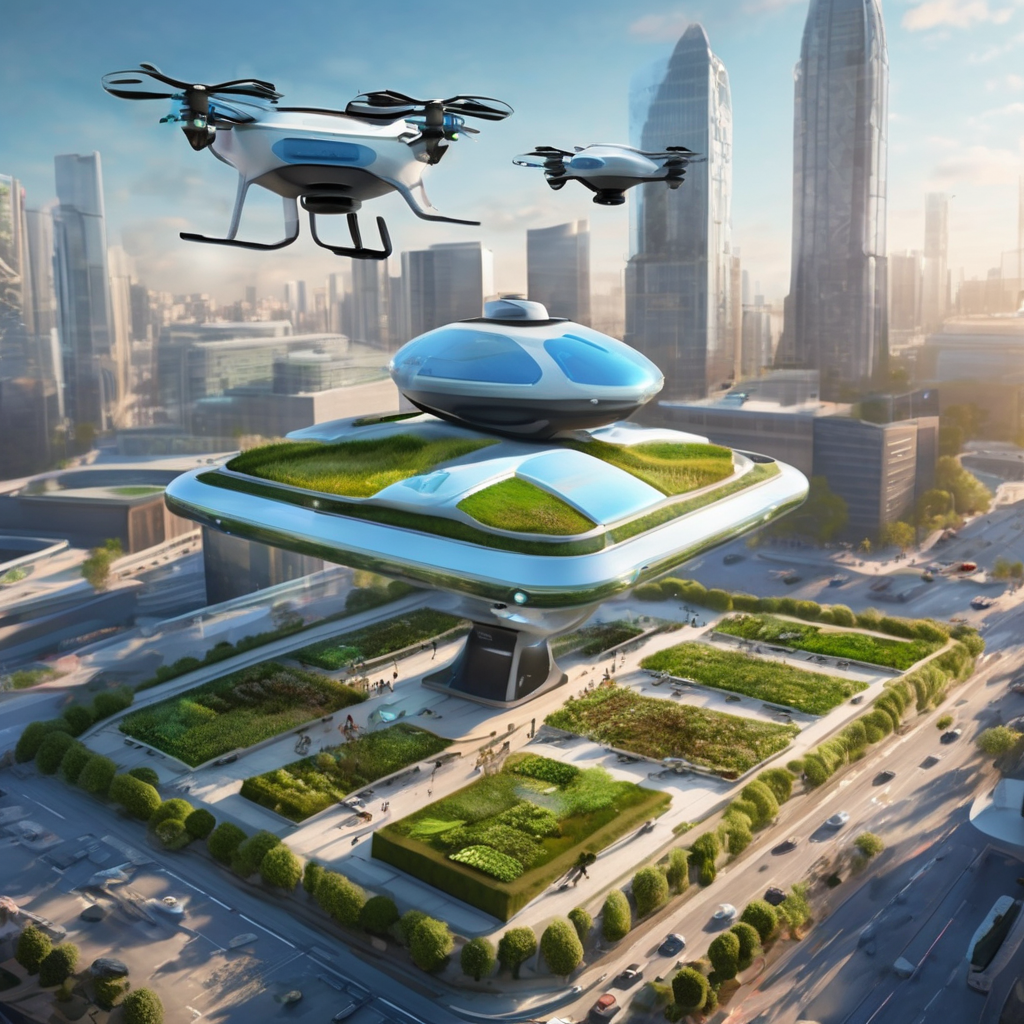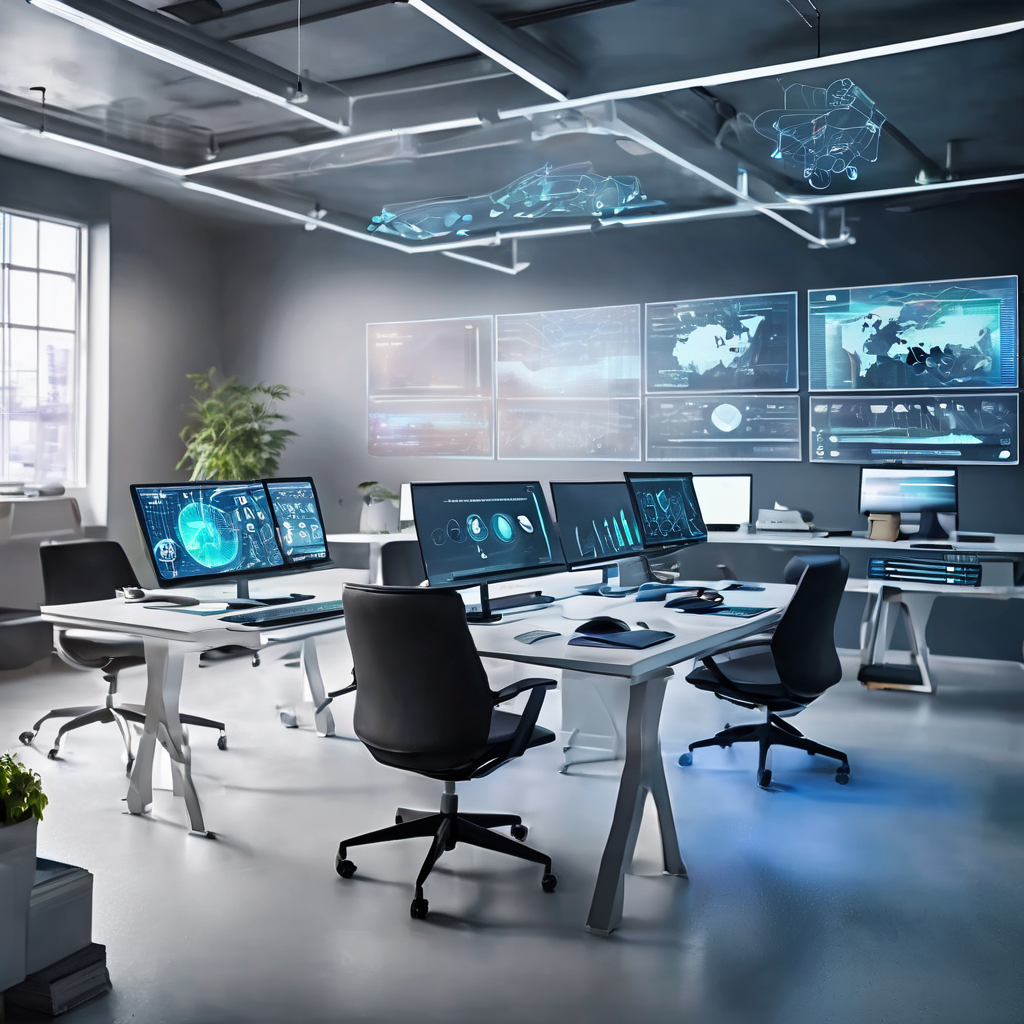
Video captured by night vision cameras often produces grainy and obscure thermal images, making it difficult to discern details. However, a new technique utilizing artificial intelligence (AI) has been developed to analyze thermal images, resulting in images that are nearly as clear as those taken in daylight with conventional cameras. This advancement has the potential to greatly enhance the night-time vision of self-driving cars and other technologies. While conventional cameras capture visible light, radar and lidar use radio waves and laser beams to map surroundings. However, these methods encounter difficulties in capturing images in the absence of reflected light and are susceptible to interference. Thermal imaging, which captures the infrared light emitted by objects, can be a valuable tool, but it has been underutilized in computer vision. One of the challenges is that every object emits heat signals, causing conventional thermal imaging to be plagued by excessive noise and clutter. To address this problem, a team of researchers has employed AI to train a neural network to identify an object's heat signature and separate it from the surrounding environmental noise, which creates the ghosting effect.
By recognizing the unique heat emission spectra of known materials, the algorithm characterizes the objects and removes them from the scene. This allows the algorithm to analyze the noise signals and reconstruct a detailed image with improved clarity and depth information. The team has named the technology "heat-assisted detection and ranging" (HADAR). Unlike radar and lidar that require signal emissions for data collection, HADAR is a passive technology. The researchers believe that HADAR could have a wide range of applications such as increasing the safety of self-driving cars and aiding wildlife tracking. Although the technology is promising, further work is required to overcome obstacles like motion blur and faster data collection. Despite these challenges, the researchers are optimistic about the potential of this technology in various real-world applications.
None


An AI company has made a landmark advancement in last-mile delivery by beginning to deploy autonomous delivery drones in select urban areas, marking a major integration of artificial intelligence into everyday logistics and supply chain operations.

Dallas-based KISS PR has unveiled a detailed guide illustrating how artificial intelligence is reshaping SEO strategies in 2025, emphasizing the integration of strategic press release distribution to secure first-page Google rankings.

Dell reported its fiscal third-quarter earnings on Tuesday, revealing revenue that fell short of Wall Street’s expectations, but it projected a stronger-than-anticipated fourth quarter fueled by increased AI sales.

MarketOwl, a leading social media marketing management platform, has introduced an innovative feature exclusively for its AI SMM Manager subscribers that revolutionizes visual content creation.

Market intelligence is undergoing a fundamental transformation fueled by data science and AI, enabling companies to gain predictive advantages within their industries.

As remote work becomes a fundamental part of the modern workplace, the demand for advanced video conferencing tools has surged, with artificial intelligence (AI) playing a crucial role in enhancing these platforms.

The Accelerated Transition to AI-Enhanced Video Conferencing in Remote Work Settings The widespread move toward remote work has greatly increased reliance on video conferencing platforms, driving rapid innovation in integrating artificial intelligence (AI) to enhance virtual collaboration
Launch your AI-powered team to automate Marketing, Sales & Growth

and get clients on autopilot — from social media and search engines. No ads needed
Begin getting your first leads today